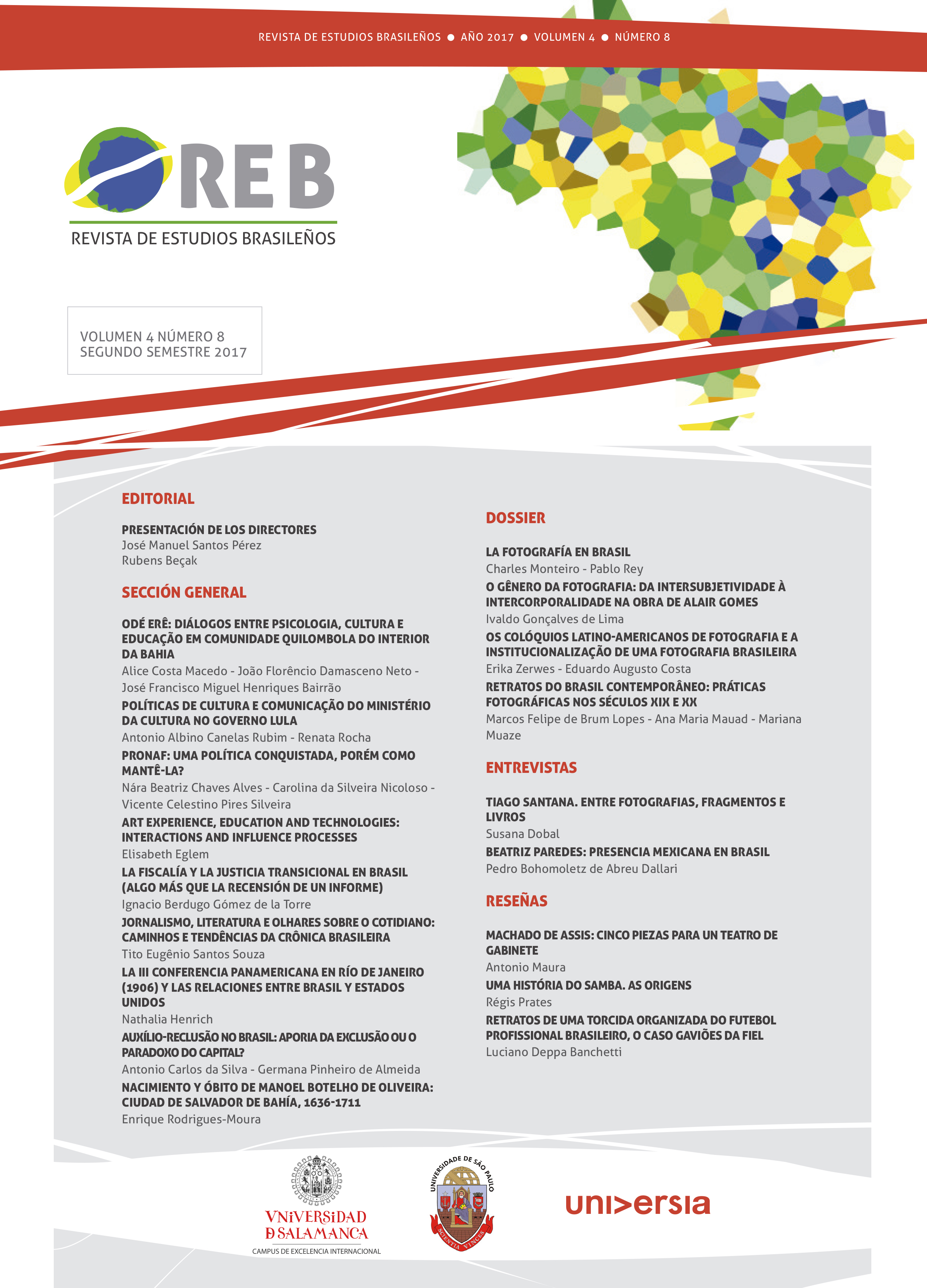Pronaf: a policy won, but how to maintain it?
DOI:
https://doi.org/10.3232/REB.2017.V4.N8.3065Keywords:
Credit policy, family farming, agricultural financing.Abstract
This article aims to discuss the unequal and asymmetric process of public investments offered to Pronaf, business agriculture and the general lines of agricultural credit in the Brazilian rural environment. Pronaf reduced public investment in rural credit from 17% to 13%. This differs from the amounts invested in business agriculture and agricultural credit lines, where there is continuous monetary and percentage growth. Among the objectives of Pronaf is the strengthening of family farming. It is perceived that there is an incentive for the family farmer to incorporate productivist models of specialized and biased agricultural production into the market. As a working method, an analysis is made of the data on the public resources offered and programmed for rural credit, the contributions of resources for agricultural credits (rural credit lines and Pronaf), and the financing conditions of Pronaf between harvests from 2003-2004 to 2015-2016.


